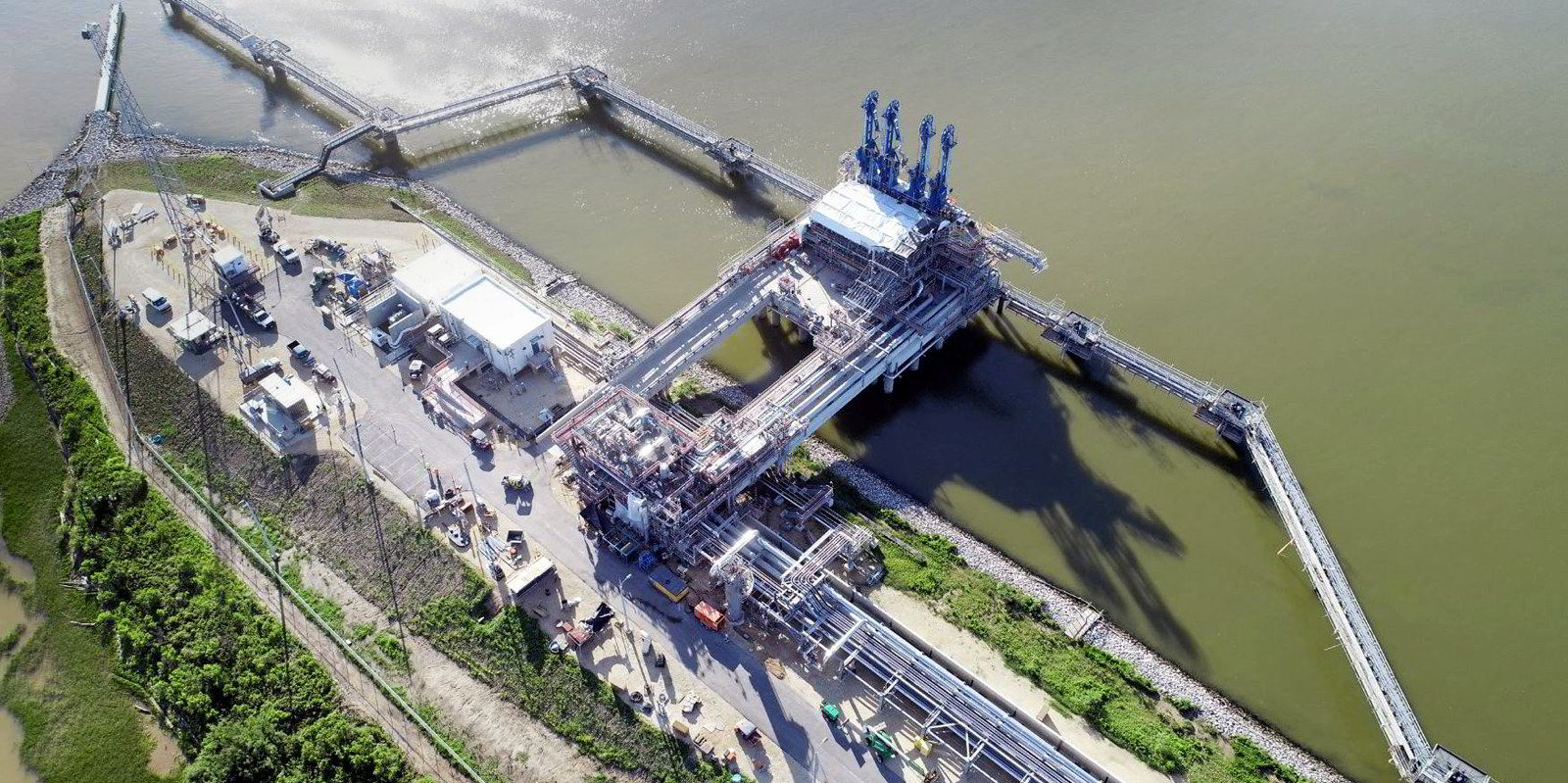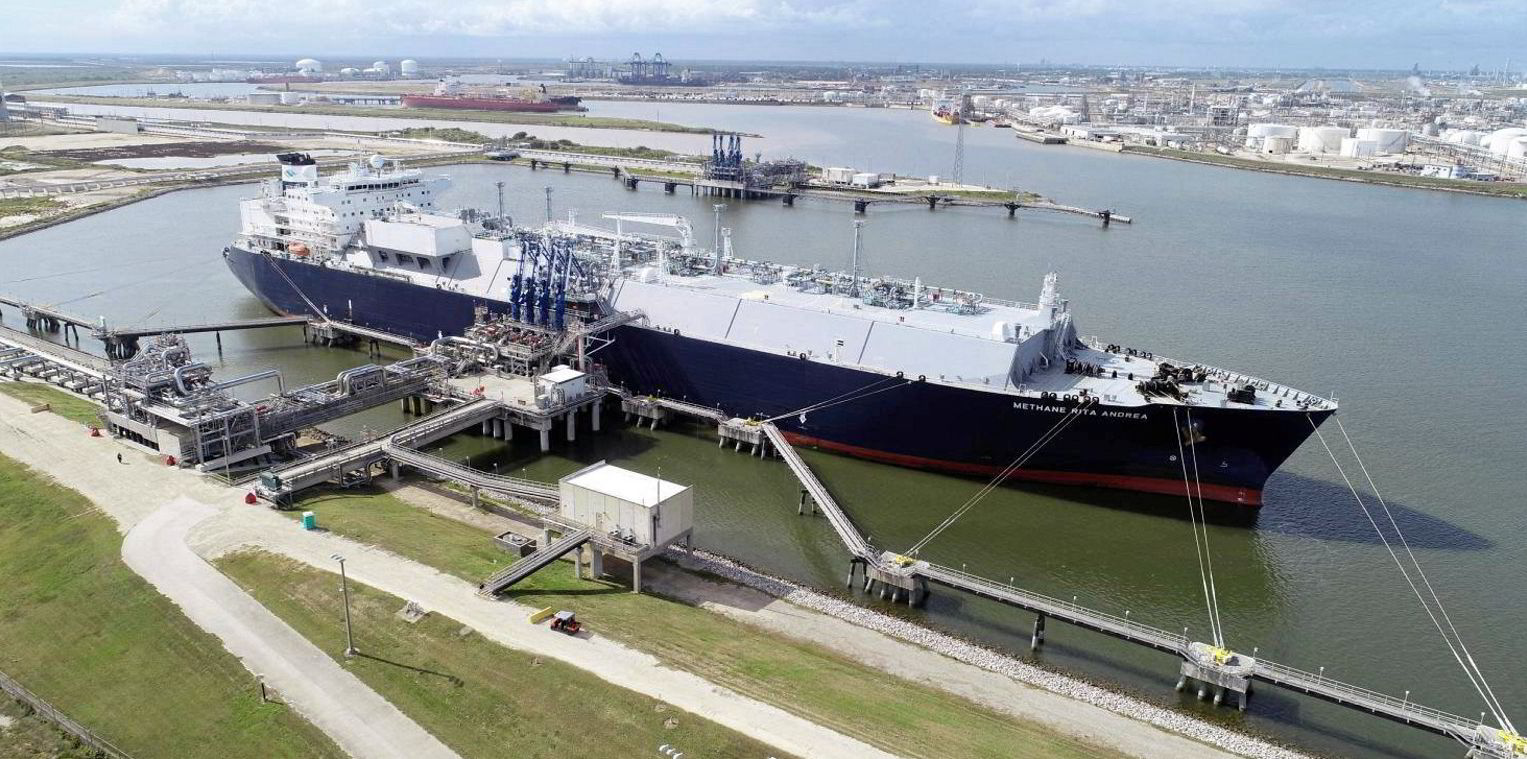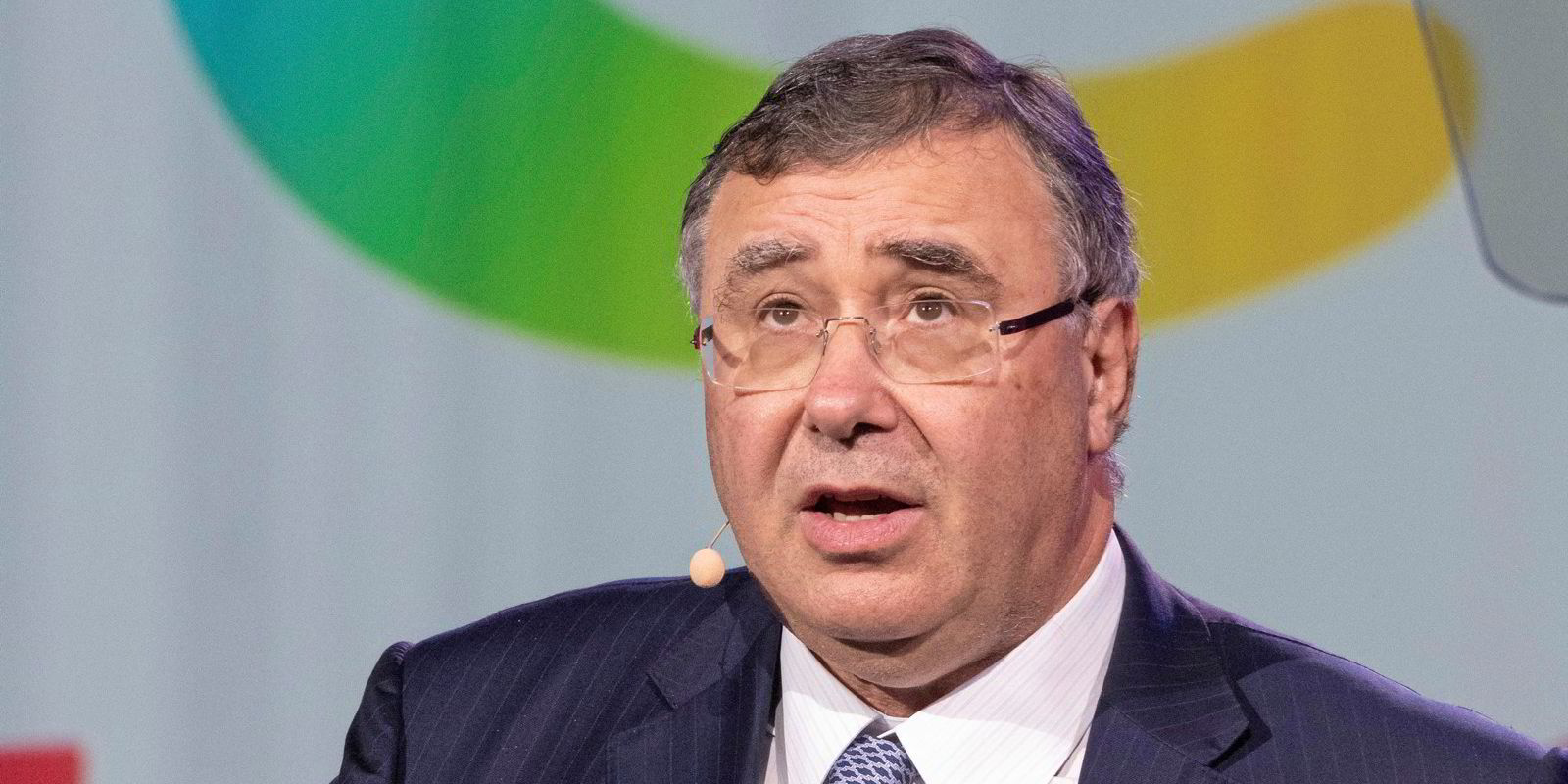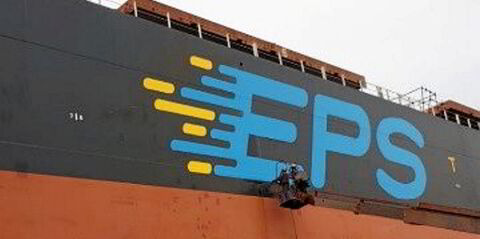US producer Freeport LNG has exported its first cargo since a fire at its US Gulf coast liquefaction plant halted production nine months ago.
Kpler data shows the BP-controlled, 155,000-cbm Kmarin Diamond (built 2008) loaded at Freeport’s no.1 berth on 11 February and headed out from the plant the following day.
The vessel had been waiting off the facility since late January.
A second LNG carrier, the 180,024-cbm Prism Agility (built 2018), is also shown as having loaded at Freeport’s berth.
Other LNG carriers have also been flagged up and are shown as waiting off the plant. They include the 180,016-cbm Prism Brilliance (built 2019), 180,000-cbm Nohshu Maru (built 2019) and 160,000-cbm Corcovado LNG (built 2014).
Brokers have said that a restart of the 15 million tonnes per annum produced by Freeport LNG — the US’ second largest LNG export plant — could potentially lead to a tightening of vessel supply in the Atlantic basin region.
Delays to the restart of Freeport LNG have become a market fixation, particularly over the demand crunch of the winter period, as anticipated dates kept being pushed further out.
Initially, the shutdown was expected to be for three weeks, after an explosion and fire in early June. But this was later extended to 90 days.
The US Federal Energy Regulatory Commission (FERC) approved plans for the cooling down of the plant to start on 26 January.
On 9 February, FERC gave Freeport permission to start loading vessels again, as its production increased and onsite storage tanks filled.
Production at the plant is now expected to ramp up throughout the rest of this month and into March.
BP, TotalEnergies and SK E&S are among the key buyers from the project.
This month another purchaser, Japanese utility Osaka Gas, which buys 2.32 mtpa of LNG a year from Freeport, slumped to a loss due mainly to the higher costs of buying alternative supply due to delays in resumption of the US project.





